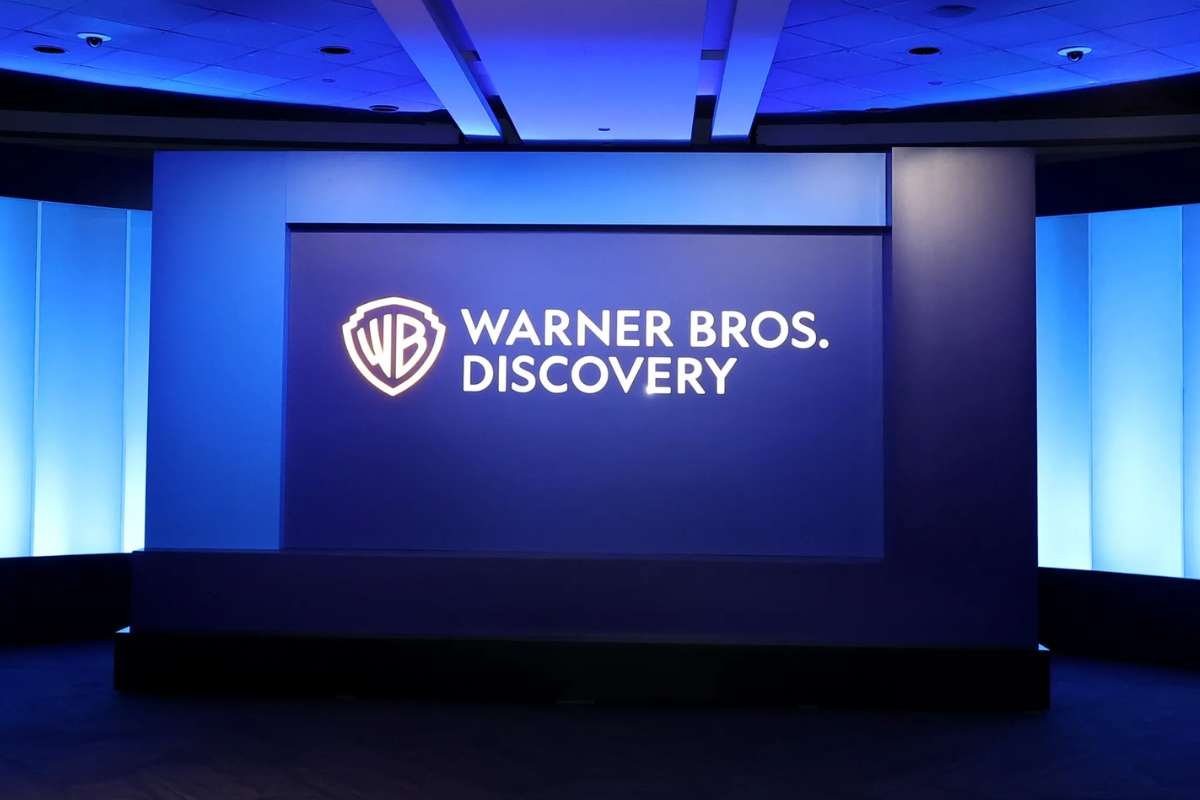In a landmark move to accelerate artificial intelligence (AI) adoption in Japan, SoftBank Group Corp. is partnering with Nvidia Corp. to create Japan’s most powerful AI supercomputer, utilizing Nvidia’s new Blackwell chips. The initiative marks a significant step by SoftBank’s telecom unit to boost Japan’s AI capabilities, offering local services a strong technological backbone. The supercomputer, based on Nvidia’s DGX B200 product, integrates advanced processors with AI accelerator chips. A subsequent phase of the project will include the more advanced Grace Blackwell technology, promising further enhancements in AI computing.
This partnership signals SoftBank and Nvidia’s serious commitment to AI, a direction reinforced by the company’s recent return to profitability, as reported Tuesday. SoftBank shares, buoyed by the announcement, rose by 1.5% as investors responded positively to the news. Meanwhile, Nvidia’s CEO, Jensen Huang, who launched the Blackwell lineup earlier this year, acknowledged ongoing supply chain challenges but expressed confidence that production will soon stabilize to meet demand.
Nvidia’s Blackwell Chips: The Heart of a New Industrial Revolution
SoftBank and Nvidia’s advanced chips, critical for AI development and deployment, have become highly sought after by tech companies worldwide. These components are designed to process large data sets efficiently, making them ideal for training complex AI models. SoftBank’s access to Nvidia’s technology is seen as a strategic advantage, and SoftBank founder Masayoshi Son has emphasized the company’s ambition to make bold moves in AI investment. Son, who previously owned a 4.9% stake in Nvidia, joined Huang on stage at Nvidia’s AI Summit in Tokyo, where the two celebrated their renewed collaboration.
The global nature of SoftBank and Nvidia’s recent events underscores its drive to expand AI beyond a few major US-based clients. By partnering with SoftBank, Nvidia hopes to tap into new markets like Japan and India, encouraging national efforts in AI deployment. Huang highlighted that the partnership with SoftBank aims to support a nationwide “AI grid” across Japan, transforming the country’s communications network into a sophisticated AI network.
AI Networks to Reshape Japan’s Telecommunications and Industry
The introduction of AI-enabled radio access networks (AI-RANs) is another significant aspect of SoftBank’s AI strategy. Unlike traditional telecom hardware that prioritizes mobile data traffic, AI-RANs are optimized for the emerging demands of AI applications. These new networks will support services such as remote robotics, autonomous vehicles, and other AI-driven technologies, while consuming less energy. SoftBank’s telecom arm, which operates Japan’s third-largest wireless network, will begin trials of the new AI networks in collaboration with Fujitsu and IBM’s Red Hat.
SoftBank and Nvidia’s venture reflects a broader vision for a technological leap in Japan, an ambition Son has long championed. Noting the government’s gradual openness to new technologies, Son expressed hope that Japan would continue to encourage AI advancements and seize this pivotal moment.


















